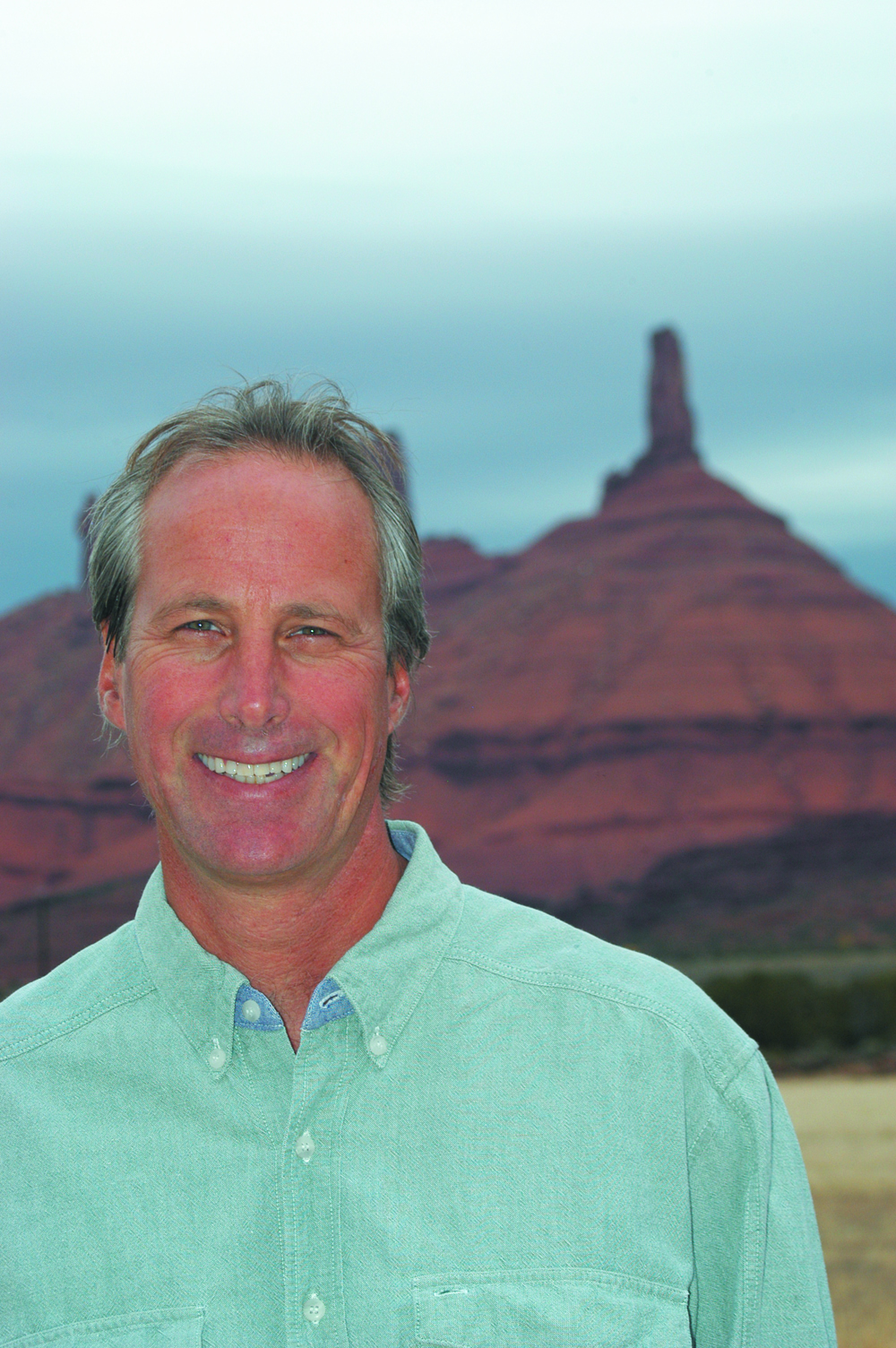“The meek will inherit the land … but they sure won’t inherit the water!”
That is how Utah State Engineer Kent Jones opened his keynote speaker address at the Utah State University Southeastern Utah Water Workshop in Moab (October 2017). I was in the audience.
If you follow the situation in Spanish Valley, you know that neither the Utah School and Institutional Trust Lands Administration (SITLA) nor the San Juan Spanish Valley Special Service District (SJSVSSD) are meek. In fact, they are quite bold, holding a 2017 water right and trying to bully their way into a fully appropriated aquifer.
The state engineer’s next point should have concerned the senior water rights holders in the valley.
“In Australia, they have thrown out first in time, first in right and gone to a different system. Perhaps, that is something this valley should consider …” Why, because SJSVSSD has a 2017 totally junior water right. Thus, the senior water rights holders should all just sit down with the bully, throw out first in time, first in right, give the bully access to our water, and live happily ever after. Be serious, this is nothing but a good-old-fashion western water grab! The Los Angeles Department of Water and Power, think of the movie “Chinatown,” would be totally impressed by SJSVSSD and SITLA’s audacity.
It is ironic that in support of the schools, SITLA resorts to such blatant bullying of a community and its irreplaceable water. There is lip service to being a good neighbor, but then you wake up with a Love’s truck stop in your backyard. You are left to wonder if SITLA really cares about anybody in Grand County including the school kids.
In a recent SITLA press release, SITLA Director David Ure said, “Revenue from the development of school trust lands is deposited into a $2.5 billion Permanent School Fund, which provides interest income to students at no cost to taxpayers.”
Well Mr. Ure, there may be no direct cost to the taxpayers, but there is a huge indirect cost to Grand County when you use your quasi private/public status to influence the Utah Division of Water Rights (UDWRi) policy to effectively steal our wet water with your junior water right.
Why is this all such a big deal beyond the obvious?
At the time the water right was transferred into this basin from a not-yet built reservoir for recreation on the San Juan River, it was thought that there were around 17,000-acre-feet (AF) of groundwater moving through the watershed and aquifers annually. However, the most recent work by the United States Geological Survey (USGS) and others has shown that there is more likely 11,000 AF to 13,000 AF coming through annually, with possibly a bit more in wet years like this one. This includes base flows in Mill Creek, springs and water supporting Matheson Wetlands. On top of that, current water diversions have been estimated around 14,500 AF and senior water rights held by Moab, GWSSA and Moab Irrigation Company alone exceed 18,000 AF.
So, where is the water to fill the initial 500 AF SJSVSSD is being allowed to take now, let alone the other 4,500 AF in water rights transferred from the San Juan? The SJSVSSD water right is dependent on the water “being there” and the use of it not interfering with any senior water rights. It is hard to do the math and conclude that there is a reasonable expectation that the wet water is there when all the senior water rights are taken into consideration.
The first thing that should happen is to conduct a longer and more thorough pump test on the SJSVSSD well this summer. It should really have been performed last summer in a time of drought but we need this information regardless. If SITLA and SJSVSSD really are sincere about being good neighbors, they should readily agree to this evaluation. It is our water after all. It is time for the City of Moab, GWSSA and Moab Irrigation Company to sit down with UDWRi, defend our senior water rights and bring some clarity to this picture. We the taxpayers of Grand County deserve it. This is not to say the development is dead, just that the water needs to come from the Colorado or Green River — but not our aquifer.
Dave Erley is a Canyonlands Watershed Council board member, a founding member of the Moab Area Watershed Partnership (MAWP), received a Water and Soil Science degree from the University of California, Davis (’83), and is a former two-term mayor of the Town of Castle Valley where he has resided, and watched southern Utah water issues, since 1991.
“So, where is the water to fill the initial 500 AF SJSVSSD is being allowed to take now, let alone the other 4,500 AF in water rights transferred from the San Juan?”



